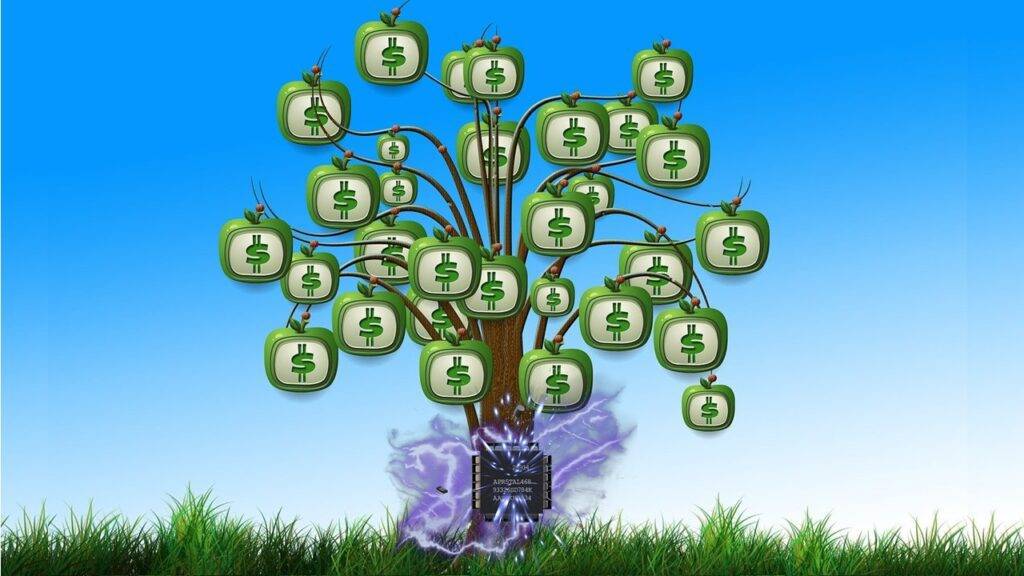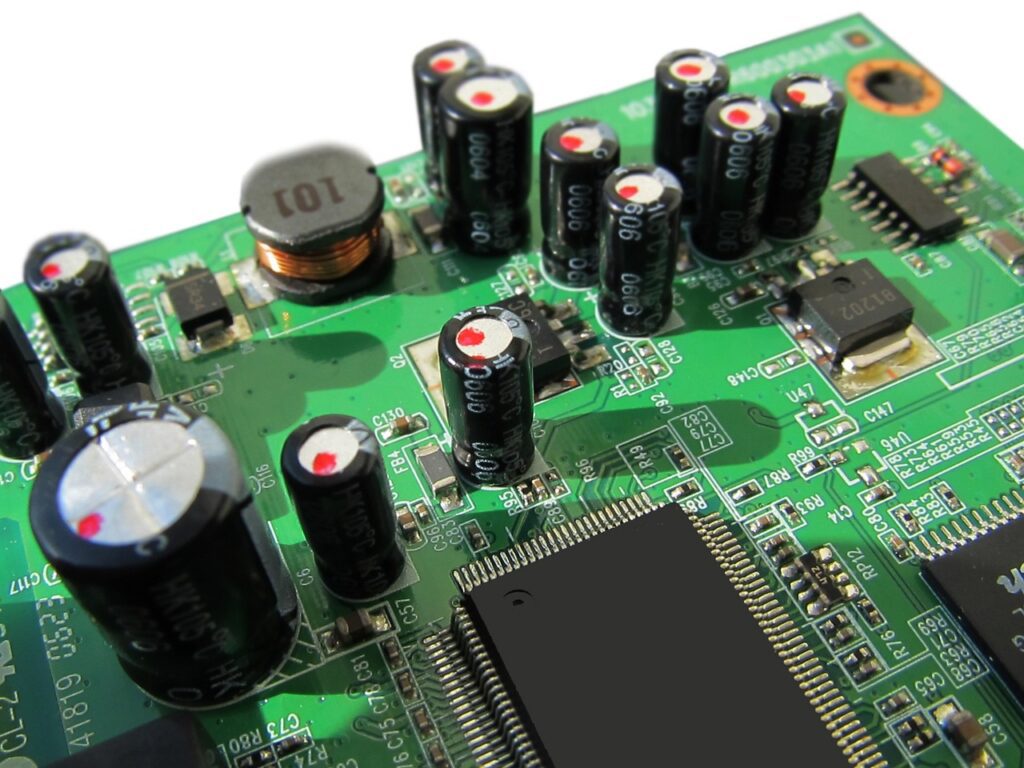
In an age defined by rapid technological advancement, our insatiable appetite for the latest gadgets and electronics has a dark side: e-waste. The improper disposal of electronic devices has led to a global environmental crisis. However, it has also created a unique opportunity for environmentally conscious entrepreneurs to turn e-waste into a thriving, million-dollar business. Now question is how innovators are tackling e-waste and transforming it into a lucrative industry.
Tackling E-Waste
In our digital age, electronic devices are an integral part of our lives. We rely on them for communication, work, entertainment, and so much more. However, with the rapid advancement of technology comes a growing problem – E-Waste.
The proliferation of electronic devices in our society is nothing short of remarkable. From smartphones and laptops to televisions and gaming consoles, these gadgets have become indispensable. But this convenience comes at a cost.
Scientifically speaking, the rapid replacement cycle of electronic devices is a consequence of Moore’s Law, which predicts that the number of transistors on a microchip will double approximately every two years. This leads to an accelerated rate of device obsolescence, resulting in more e-waste.
E-waste comprises discarded electronic devices, including smartphones, laptops, TVs, and appliances. When not managed responsibly, these devices release harmful chemicals and toxins into the environment.

The Global E-waste Problem
The scientific data is alarming: the volume of e-waste generated globally is increasing exponentially. According to the UN’s Global E-waste Monitor 2020, the world generated 53.6 million metric tonnes (5.3 x 1010 kg) of e-waste in 2019 alone. This poses a substantial environmental challenge. Without proper management, e-waste could become a ticking time bomb for our planet.
Addressing the scientific complexities of e-waste requires global cooperation. Scientific communities, governments, and industry players must collaborate to develop standardized recycling practices, enforce responsible disposal, and find innovative solutions. Addressing e-waste on a global scale is not just for the sake of our environment but also for the health and well-being of vulnerable communities.
The Public Health Concerns
From a scientific perspective, electronic devices house a cocktail of hazardous materials. This includes heavy metals like lead, mercury, and cadmium, which are vital for their functioning but pose severe health risks if released into the environment. Exposure to these toxins can lead to a range of health issues, including neurological disorders, developmental delays in children, and even cancer.
Communities living near e-waste disposal sites are particularly vulnerable. Scientific studies have shown that residents in such areas are exposed to higher levels of hazardous materials, leading to a host of health problems. These range from respiratory issues to skin ailments, and in extreme cases, even life-threatening conditions.
Responsible Disposal Practices
Responsible disposal methods involve recycling electronic devices. Scientifically, this is a process where these gadgets are carefully disassembled, and their components are separated. Valuable materials like gold, silver, and rare earth metals can be extracted and reused. This not only reduces environmental harm but also conserves precious resources.
Governments worldwide are recognizing the scientific importance of regulating e-waste disposal. They are enacting legislation to ensure the responsible handling and recycling of electronic devices. These laws promote sustainable practices and hold manufacturers accountable for their products’ end-of-life management.
Resource Recovery
One of the most intriguing aspects of e-waste is the scientific fact that it contains valuable materials. These include precious metals like gold, which are used in tiny quantities but are highly concentrated in e-waste. Recovering these materials can be economically viable and ecologically sound.
Resource recovery processes involve scientific methods to extract valuable materials from e-waste. For example, advanced techniques like hydrometallurgical processes can efficiently recover valuable metals. These processes not only reduce the need for mining but also significantly decrease the environmental impact of raw material extraction.
Unique opportunity
One notable success story in the e-waste industry is Gazelle, a company founded in 2007. Gazelle recognized that millions of devices were discarded annually, and many still had value. They created a platform where consumers could sell their used electronics. The devices are then refurbished, if necessary, and resold or responsibly recycled. By 2015, Gazelle had processed over 2 million devices and generated over $100 million in revenue.
Another intriguing example is the Urban Mining Company, which focuses on the extraction of valuable metals from e-waste. Electronics contain various precious metals, including gold, silver, and palladium. Urban Mining employs advanced technologies to recover these valuable resources from discarded electronics. By doing so, they not only reduce environmental harm but also generate substantial profits.
Therefore, business based on e-waste will be a unique opportunity to generate high revenue with minimum investment. This is because electronic devices are going to increase significantly over time and thereby e-waste.
The average benefit in the e-waste tackling business is approx. $24/kg of e-waste. This is possibly due to high resale values of re-furbished electronic devices. In addition, easy recovery of valuable metals such as gold, platinum, silver, copper, nickel and palladium. Therefore it has the potential to generate more than a trillion dollars per annum globally. With advancement and increasing e-waste income will further increase significantly. On the other hand, the requirement for starting e-waste-tackling businesses is minimal as compared to other businesses. Therefore, calling it zero to a million-dollar business will be perfect for this kind of business.
The Circular Economy Approach
The success of these ventures can be attributed to their adoption of a circular economy model. Rather than following the traditional linear model of “take-make-dispose,” they focus on extending the lifespan of electronic devices and recycling valuable materials. This not only reduces e-waste but also creates jobs and economic opportunities. Moreover, this approach is environmentally friendly and also financially lucrative.
Challenges and Future Prospects
While the e-waste-to-million-dollar business model is promising, it’s not without its challenges. These include managing hazardous materials, navigating complex regulations, and ensuring data security when handling used electronics. However, as consumer awareness about e-waste grows and regulations become more stringent, opportunities in this sector are likely to expand.
Efficient e-waste management, including recycling and resource recovery, is scientifically proven to reduce the ecological footprint of electronics production and disposal. It’s a critical step in mitigating the environmental damage caused by the electronics industry.
Resource recovery not only conserves valuable resources but also reduces habitat destruction and pollution associated with mining. This scientific approach helps preserve the delicate balance of ecosystems and protect biodiversity.
Conclusion
The e-waste poses significant public health risks and environmental challenges. Responsible disposal and resource recovery are not just good practices; they are essential for our planet’s future. By raising awareness, implementing legislation, and embracing scientific innovations, we can combat the global e-waste problem and create a healthier, more sustainable world for generations to come.
The e-waste crisis presents a significant challenge, but it also offers a unique opportunity for entrepreneurs to build million-dollar businesses with a focus on sustainability. Companies like Gazelle have demonstrated that by adopting a circular economy approach, businesses can not only reduce environmental harm but also reap substantial financial rewards. As the world continues to grapple with the e-waste problem, tackling innovative solutions like these will play a pivotal role in creating a more sustainable and profitable future.

